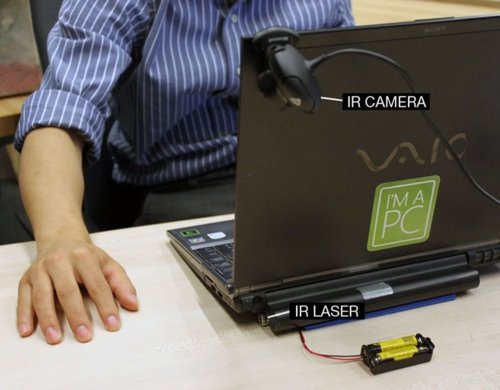

It’s possible to save tmux sessions in a file and reopen them later, even after switching off your computer. You can always reattach your session afterward without any problem. Since your tmux session is independent from your terminal, you don’t need to worry anymore if you close it or even if it crashes. If you want to build a complete Mouseless Development Environment, you might be interested by this book. It works very well with Vim too, which makes it almost mandatory if you want to build a coherent Mouseless Development Environment. You can configure it easily and precisely, according to your specific needs. That’s true, but tmux is more powerful and consume less resources. You might think: “Well, great, many terminal emulators can do the same, like terminator”. This is the functionality I use the most. With tmux, we can also create open multiple shell on a single screen. The script will still run on the remote server, thanks to tmux! Let’s imagine that you need to run a very long script on your remote server. It means that you can run whatever you want in the background, even if you have no terminal open. Why Using tmux? Background OperationsĪs we saw above, you can detach a tmux session from a client (the terminal) and you can attach it back later. “That’s nice and all your zombie stories, but what’s the point?” could ask many readers. Let’s really kill it this time, by pressing CTRL+c. Your infinite loop is back, and you can see that it was still running in the background.

You can list every session currently running by typing tmux list-sessions. A new session will be created and attached to a client, your terminal. To understand the concept, let’s try to create a tmux session. If you already know GNU screen (another terminal multiplexer), tmux is similar but more powerful, and easier to config. That’s why it’s called a terminal multiplexer. With tmux, you can create multiple sessions which are totally independent from your terminal.
Mouseless technology install#
Ubuntu / Debian: sudo apt-get install tmux.

How surprising! If you use a Unix/Linux based system, you can find it via your usual package manager: Let’s go! What’s tmux? Installing tmuxīefore using tmux, we need to install it. They’ll be easier to memorize if you write them, and you’ll have a personalized reference when your memory will fail you.Įnough rambling. You can also create your own cheatsheet with the commands we’ll see today. To get a maximum from this article, I advise you to open tmux while reading it, and try the many commands and tmux config we’ll discuss.
Mouseless technology how to#


 0 kommentar(er)
0 kommentar(er)
